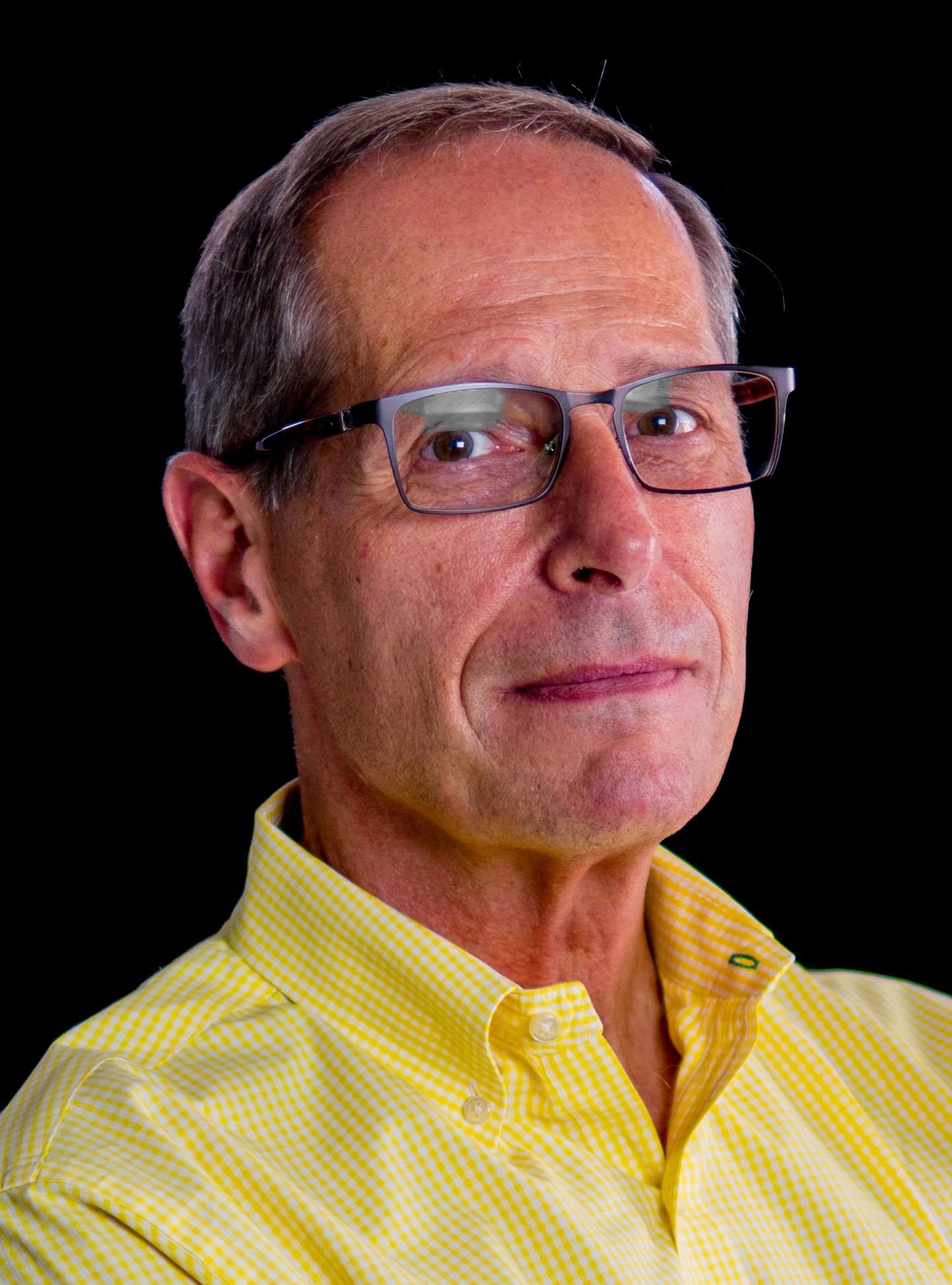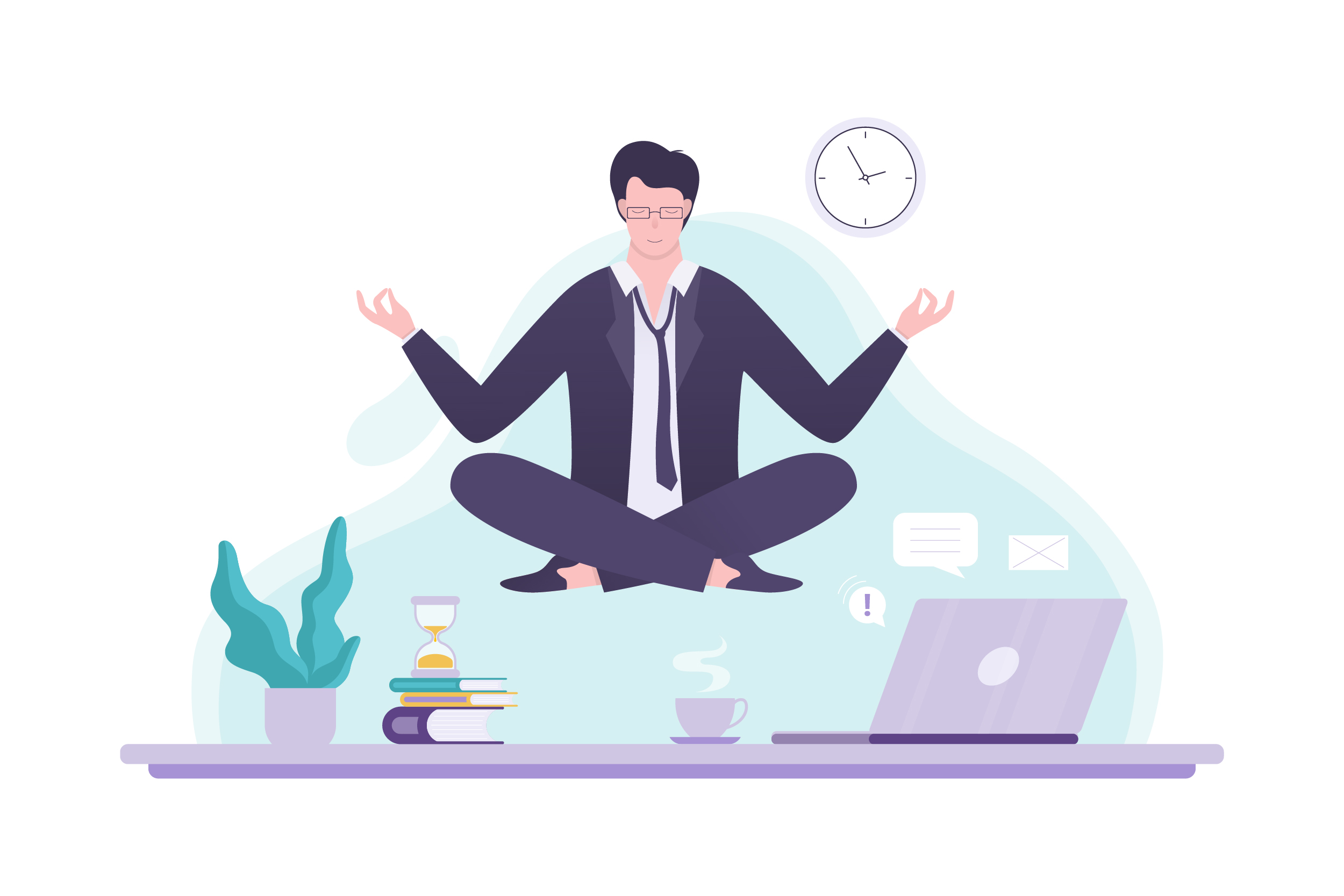It will not surprise any of us experiencing the frenetic pace of modern life to learn that a quarter to a third of our lives will be spent in the workplace. In fact, we will spend more waking hours in our workplace than at home – unless of course you work from home – but even then, you will still experience more exchanges with team members than family and friends.
According to Mental Health America, less than one-third of Americans are happy with their work and half of the workforce is “checked out.” That might explain why increasingly many Americans are describing their lives as frenzied, frantic, disordered and chock full of anxiety-driven activity. Let’s see what factors might be contributing to this dissatisfaction and what we can do about it as the “masters of our own fate.”
The Work-Health (Im)Balance
Working more than 55 hours a week increases a person’s risk for heart attack and stroke, and people who work long hours are more likely to suffer from anxiety, depression, and poor sleep. Today, nearly two-thirds of professionals say their stress levels at work are higher than they were five years ago.
High levels of stress often result in emotional exhaustion, potentially leading to missing work, demonstrating hostility towards staff and management, and entertaining workday distractions. Employees in unhealthy work environments tend to gain more weight, have more healthcare appointments, and have higher rates of absenteeism.
The presence of chronic stress exacerbates employee burnout, increasing the likelihood of depression, which, in turn, has been linked to other health concerns such as heart disease and stroke, obesity and eating disorders, diabetes and some forms of cancer.
Now that I have your attention, let’s see if taking some time off will help.
The Vacation Paradox
Taking time off isn’t as easy as you’d think. According to the U.S. Travel Association, American workers accumulated 705 million unused vacation days. And when we do go on vacation, 42 percent of employees feel obligated to check in with work. Additionally, 40 percent of millennials express guilt about using all their vacation time.
But not taking a break is making it worse. The American Psychological Association warns that constant preoccupation with job responsibilities and work environments often leads to erratic eating habits and not enough exercise, resulting in weight problems, high blood pressure and elevated cholesterol levels. Plus, it’s not just health. A survey of HR professionals found that 95 percent of HR leaders said employee burnout is sabotaging workforce retention.
Create a Work-Health Balance
No one is going to argue that stressing and overworking yourself is doing more harm than good. The good news is that creating a work-life, or rather, a work-health, balance isn’t impossible. Little changes can make a big impact on your physical and mental wellbeing. For example:
- Know your peak times and use that information to schedule your day. Do you like to hit the ground running first thing in the morning? Then, schedule meetings or tackle big or mentally challenging projects then. Depending on when you thrive, give yourself time to ease into work each morning or decompress at the end of the day.
- Make your physical and mental health a priority. Prioritizing your health – both physical and mental – will make you a better, more efficient, and happier employee and more importantly, person. Make time to see a counselor, visit with positive, life-affirming friends, take a walk, or go to your favorite fitness class. Ensure your self-care is given the same priority as project deadlines and most likely, you will find many other areas of your life improving.
- Create personal boundaries with technology. Use your calendar to schedule time either daily or weekly to respond to emails. This will free you up to focus on other work activities during the day and keep your blood pressure from raising with each ping from your desktop. Try not to respond to or send non-critical emails outside of work hours. This shows others you are not constantly accessible and frees your team members to take a break as well.
Above all, find what works for you.
Work-life or work-health balance is not a “one-size-fits-all” solution. Everyone’s demands are different, so take time to assess your needs and give yourself the flexibility to adapt. For example, if the thought of returning from vacation to a full inbox stresses you out, set up filters on your email to sort while you’re gone, or set aside time each morning while you’re out to quickly run through your emails, deleting the junk and flagging those that need your attention once you return to the office. Give yourself grace if ordering pizza for dinner (again) means you get to spend more quality time with family.
We all know the old adage that every journey begins with a single step, so take that step today – no matter how small. Creating balance and taking care of yourself is your responsibility. It will take time to adopt the habits that are necessary to gain control over your life, but the rewards are undeniably worth it. Your body and mind, not to mention family members, friends and co-workers, will thank you.


